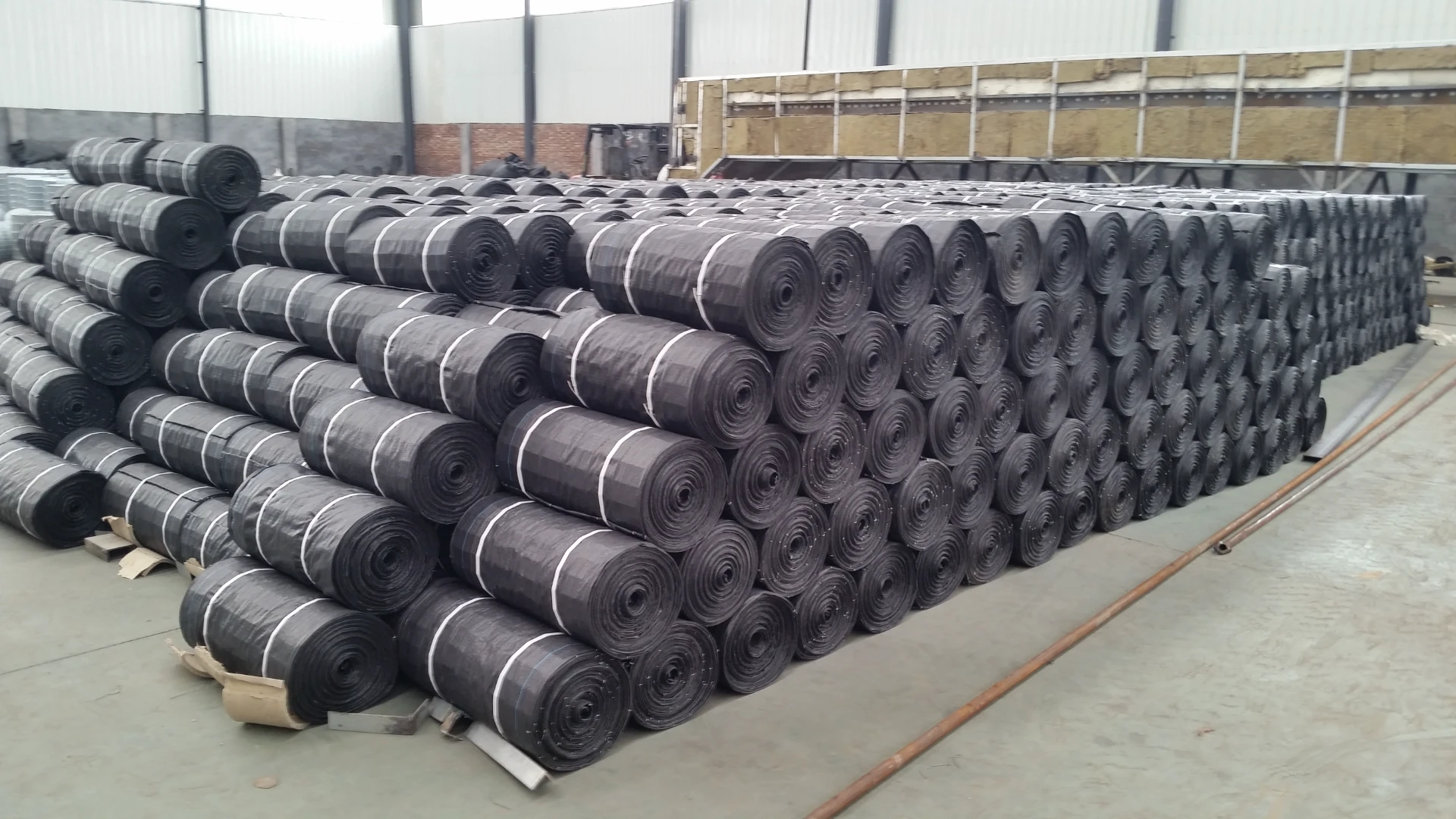The Importance of Silt Fences in Erosion Control
When it comes to environmental protection and soil conservation, one cannot underestimate the value of effective erosion control methods. Among these methods, silt fences have emerged as a practical and widely used solution, especially in construction sites, agricultural fields, and areas prone to erosion. A silt fence, typically made of geotextile fabric, is a temporary barrier used to intercept sediment-laden runoff. This article will explore the details and significance of using a silt fence, specifically in a common size 3 feet by 100 feet.
What is a Silt Fence?
A silt fence is a filter barrier that is installed to provide sediment control on construction sites or disturbed areas. Generally, it is constructed of a geotextile fabric that allows water to pass through while trapping sediment particles. The standard dimensions of a silt fence are often 3 feet in height and 100 feet in length, making it versatile and easy to transport and set up.
How Does It Work?
The primary function of a silt fence is to slow down water runoff, allowing sediment to settle before it can reach streams, rivers, or other bodies of water. When rainwater flows across a construction site or an area with exposed soil, it can carry with it a significant amount of sediment. If left unchecked, this sediment can pollute nearby water sources and contribute to environmental degradation. The installation of a silt fence reduces the velocity of the water, creating a barrier that traps sediment and helps to protect local ecosystems.
Installation Process
Installing a silt fence is relatively straightforward, which is one of the reasons for its popularity. First, a trench is dug along the intended installation line, typically about 6 to 8 inches deep. The fabric is then inserted into this trench and secured in place. Stakes are driven into the ground at regular intervals to keep the fabric taut. Finally, the trench is backfilled with soil to ensure proper installation. It is crucial to place the silt fence at the appropriate locations—typically along the contour of the land—to maximize its effectiveness.
Benefits of Silt Fences
silt fence 3 x 100

1. Erosion Control Silt fences are particularly effective at preventing soil erosion during construction projects or in developing areas. They act as a barrier, minimizing the risk of losing valuable topsoil.
2. Water Quality Protection By controlling sediment runoff, silt fences help to protect the water quality in nearby lakes, rivers, and streams. This is vital for maintaining aquatic ecosystems and ensuring clean water for communities.
3. Cost-Effective Compared to other erosion control methods, silt fences are relatively inexpensive to install and maintain. This cost-effectiveness makes them a popular choice for many construction and landscaping projects.
4. Ease of Removal Once the construction or project is complete, silt fences can be easily removed without leaving lasting impacts on the landscape. This allows for a smoother transition back to natural conditions.
Limitations
While silt fences provide numerous benefits, they are not without limitations. They are suitable for small to moderate rain events; however, during heavy rainfall, they can become overwhelmed, potentially leading to failure. For this reason, it is essential to monitor the condition of silt fences regularly and replace them when necessary. Additionally, silt fences are meant to be temporary solutions, and extensive erosion control planning should also incorporate other methods for long-term stability.
Conclusion
In summary, silt fences measuring 3 x 100 feet offer an effective, cost-efficient, and straightforward solution for erosion control and sediment management. They play a crucial role in protecting water quality and preserving the integrity of our environmental systems during construction and other land-disturbing activities. Given their advantages and ease of use, the implementation of silt fences should be an essential component of any project that poses a risk to soil and water resources. By staying informed and proactive, we can protect our environment and promote sustainable practices that benefit both nature and society.
















